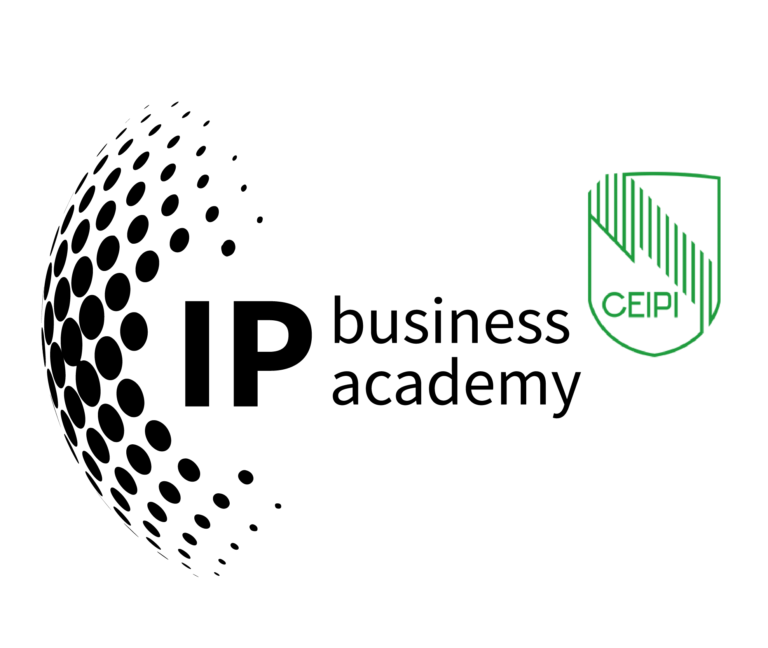Beyond Expertise – what Thought Leadership really means
How to move from respected technician to recognized authority.
Many IP professionals are highly respected inside their firms or niches, but rarely beyond.
You’re the go‑to when something breaks, not the one invited to decide what comes next.
That’s the gap between being seen as an expert and being heard as a thought leader.
Expertise Gets You In. Thought Leadership Opens Doors.
- Expertise is about what you know and how well you execute.
- Thought leadership is about how you think, what you question, and where you guide others.
Think of it like a lighthouse: expertise is the steady beam that keeps ships safe, but thought leadership is the rotating signal that charts new courses.
If you want to shape decisions and spark new conversations in IP, rather than just responding to requests, you need both.
What’s Lost When You Stay in “Expert Only” Mode
If you don’t help frame the questions, someone else will, often with less depth but clearer vision.
- You may handle critical filings but miss invitations to strategy discussions.
- You solve today’s problems but aren’t tapped for tomorrow’s big challenges.
Stakes: Influence, larger briefs, cross-disciplinary projects, or even leadership roles can slip away if you stay invisible beyond the technical.
How to Begin Your Shift: The Expert → Messenger → Shaper Model
- Expert
You master the rules, the filings, the precedents. This credibility is your foundation. - Messenger
You explain what it means: “Here’s why this ruling changes how we protect biotech inventions.” That builds relevance. - Shaper
You propose what comes next: “Given these shifts, R&D should rethink its patent roadmap to prioritise AI‑driven discovery.” That positions you as a guide.
Four Practical Steps to Thought Leadership
- Notice patterns and share them
Don’t just report case updates. Show what they signal.
Mini‑case: A litigator began sending monthly briefs on how sustainability claims are reshaping patent strategy. Six months later, she was on a global policy roundtable, without asking. - Raise the right questions
Framing a sharp question in a meeting or a post demonstrates depth:
“How will the new AI‑inventorship guidelines affect cross‑border collaborations?” - Connect dots across industries
If you work with pharma one week and tech the next, highlight intersections.
“What blockchain security teaches us about biotech data integrity.” - Anchor your voice in a niche
You don’t need to cover all of IP. Choose a clear corner: “Design rights in digital art” or “FRAND commitments in telecom.” Speak from that vantage regularly.
A final thought
You don’t have to be a household name to lead. But you do need to let others into your thinking—so they see you as a guide, not just a problem‑solver.
Start today: share one insight, ask one bold question, or map one unexpected connection.
Your expertise laid the tracks. Thought leadership steers the train.
This is the fourth article in our regular column on personal branding for IP professionals.
In the next edition, we’ll explore how to identify and understand the decision‑makers, influencers, and end‑clients you need to reach, and what they care about.
Until then, a question to reflect on:
If you stepped away from your desk today, what insight would the field lose?
About the columnist
 Giulia Donato
Giulia Donato
Branding & Communication Advisor | Executive Coach | Lecturer
people & brand strategies
www.donatostrategies.com



